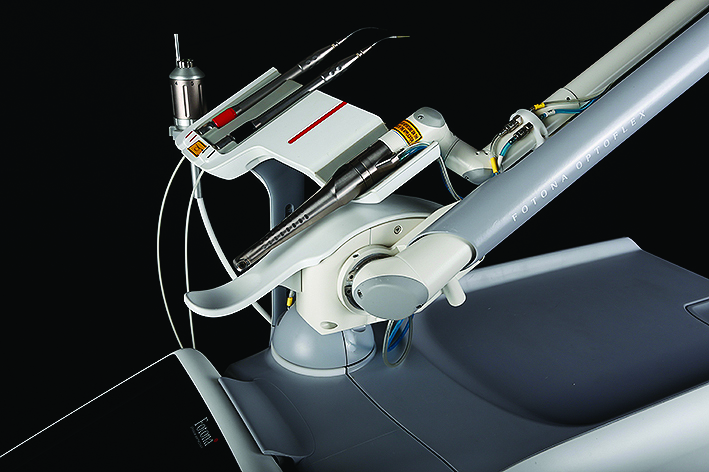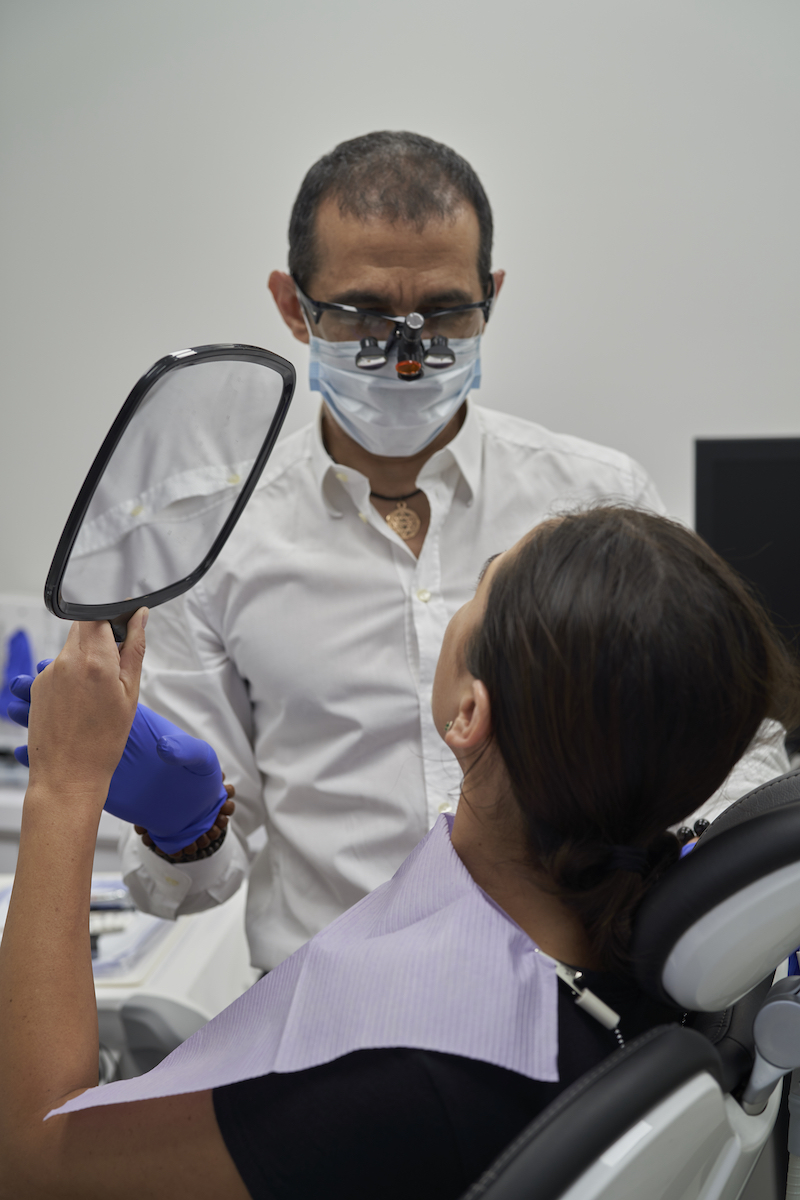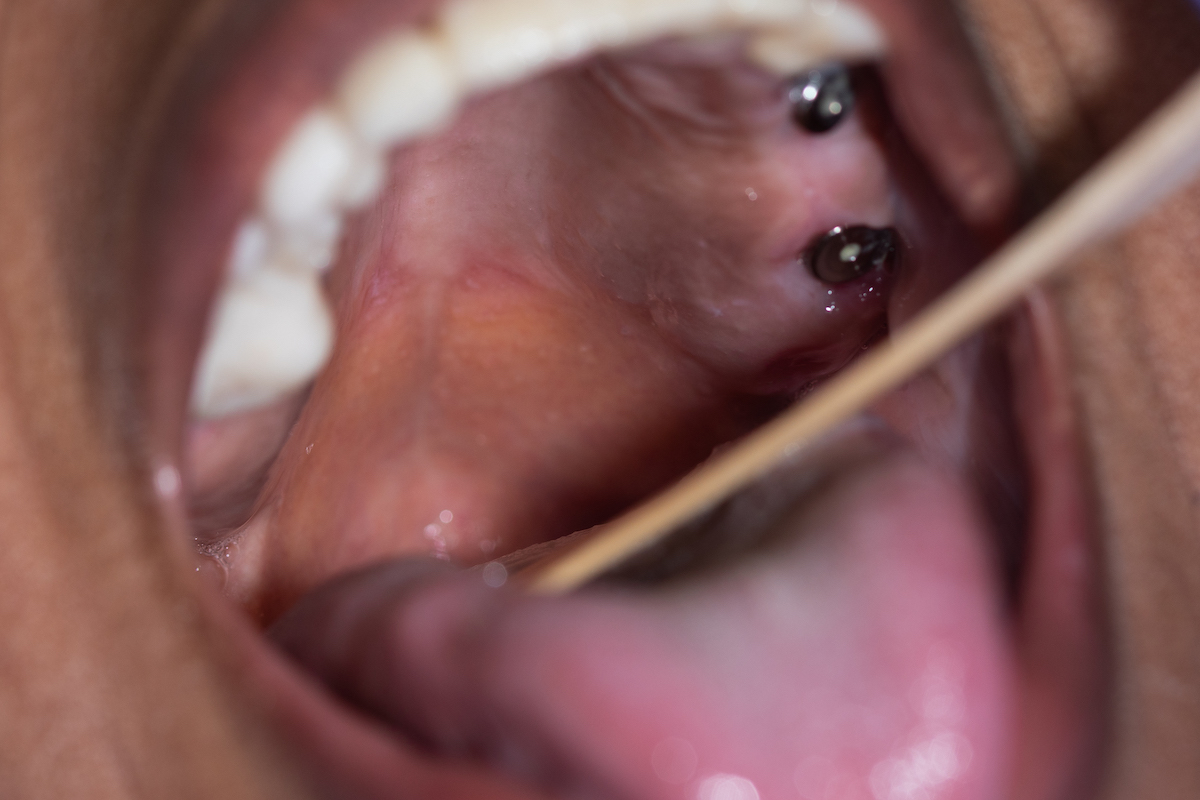Does Getting Your Teeth Cleaned Hurt?

Sometimes it’s not the cost of dental care that keeps people from going to the dentist for preventive treatments. It’s fear of experiencing pain. Why pay good money just to get hurt? But the longer you delay getting a professional cleaning, the more uncomfortable the process can be.
That said, if you haven’t gotten a cleaning in years, don’t use that as an excuse to keep delaying your dental care. The sooner the better, and your dental hygienist will do everything possible to help you get through the process with no pain.
Talk To Your Dental Hygienist

Speak up if you’re an exceptionally nervous patient, or have dental anxiety or sensitive teeth so your hygienist is aware of your issues. Your hygienist can devise a treatment plan that will make the treatments less stressful. If needed, he or she can use a topical anesthetic dabbed onto the area to numb your gum tissue and make you much more comfortable. You can also ask about taking an over-the-counter painkiller prior to your appointment and may wish to switch to desensitizing toothpaste and mouth rinses a few weeks before your cleaning to help decrease the sensitivity of your teeth.
And while a little discomfort may be necessary to get your teeth properly clean, you shouldn’t be in pain during a regular cleaning. Tell your hygienist how you’re feeling, and ask for a break to take a few deep breaths if needed. Don’t try to tough it out – ask your hygienist why the cleaning is hurting you, and what can be done to stop the discomfort.
A deep cleaning may be more of a challenge, so talk to your dentist or hygienist about sedation or other ways to manage discomfort during the procedure.
What Happens During A Dental Cleaning?
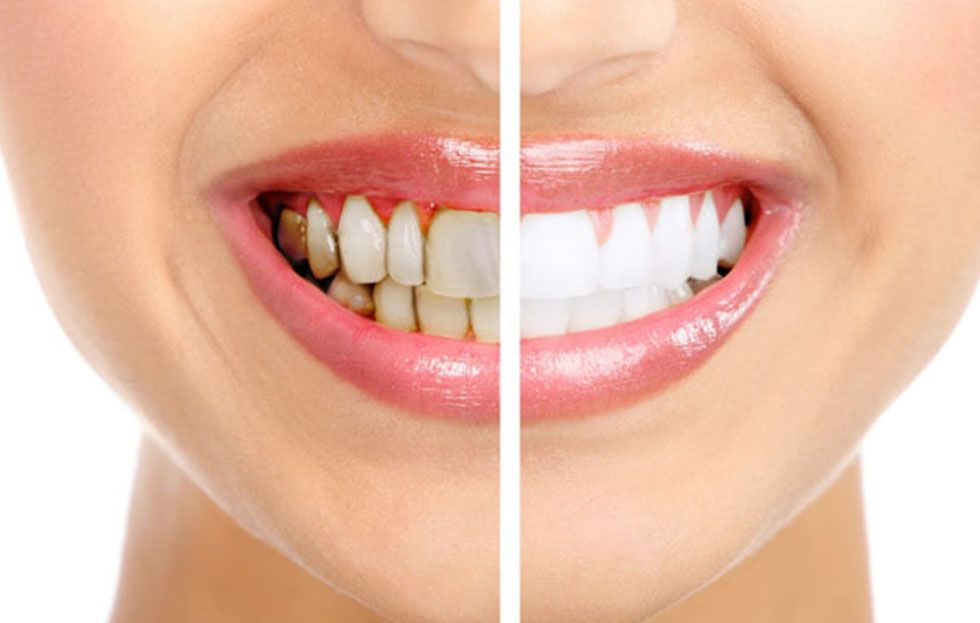
The primary goal of a dental cleaning is to remove plaque (a biofilm that contains bacteria) and calculus (tartar) from both above and below the gum line.
During a routine cleaning, the hygienist uses a small, metal scaler to scrape off tartar above and below the gum line, and/or an ultrasonic vibrating device to loosen plaque and tartar. The areas between your teeth will also be cleaned with floss or another tool, and your teeth polished with a gently abrasive paste. Not only do your teeth look smooth and shiny after a cleaning, the newly slick surface makes it a little harder for plaque to build up again on your teeth.
Your hygienist will also perform a basic checkup to spot any or other problems. With regular preventative checkups and cleanings, and good oral health practices at home, you’re much less likely to need costly treatments intended to salvage or replace decaying, weak teeth.
Spring Clean Your Dental Hygiene Routine
Outdated oral hygiene habits can compromise your dental (and overall) health. Ask your hygienist for tips on how to keep your teeth and gums healthy at home, in between cleanings. He or she will likely suggest that you:
Be kind to your teeth:
You can – and should - remove food debris and just-forming plaque by brushing gently. Overly aggressive brushing can damage tooth enamel, potentially resulting in tooth decay and gum disease. And enamel has no living cells, so – unlike dentin, the living, hard substance under your enamel which can heal itself if injured- the body cannot regenerate or repair damaged enamel.
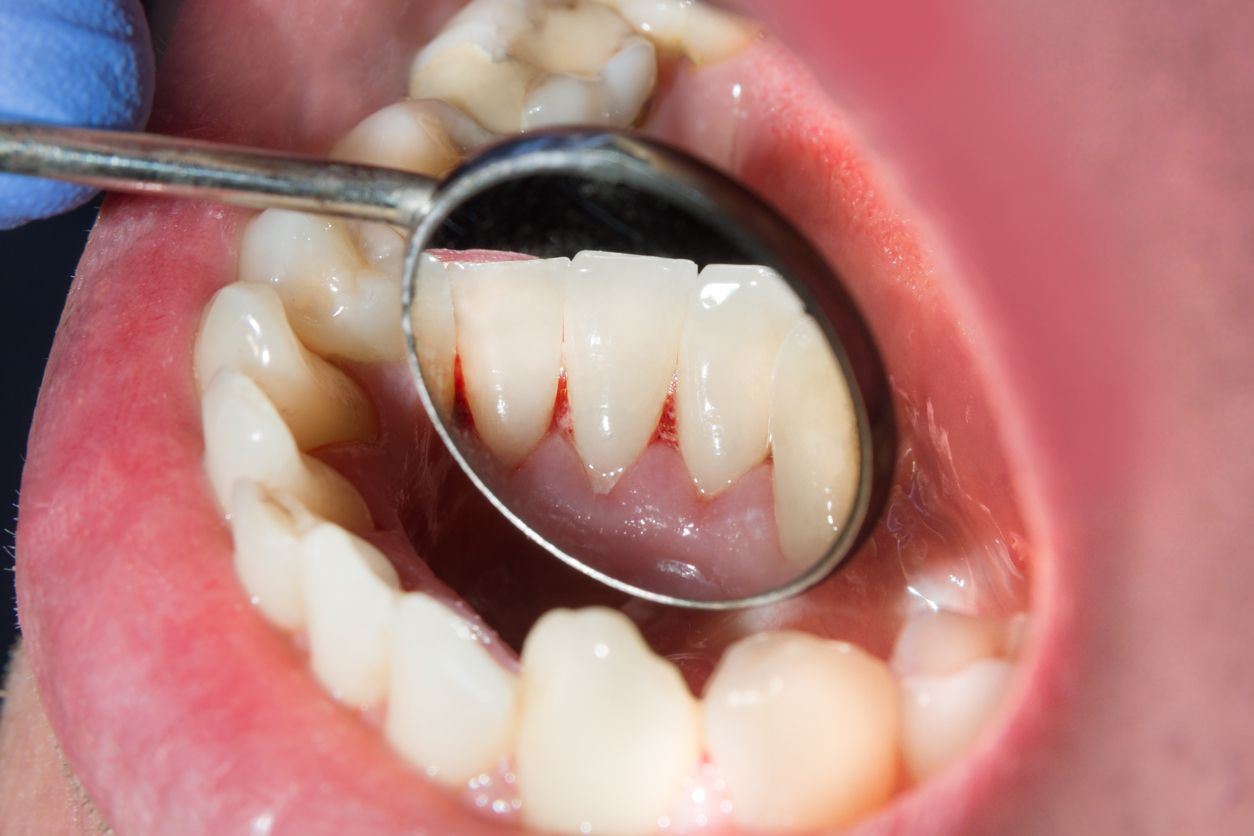
Take Your Time:
A quick brushing or a swish of mouthwash isn’t going to ward off dental disease. The American Dental Association (ADA) recommends brushing your teeth for two minutes, two times a day, plus flossing at least once a day. Ask your dental hygienist for tips on how to brush and floss effectively.

Don’t brush right after a meal:
Tooth enamel can be in a weakened state right after you eat, especially if your meal included acidic foods or drinks. You can safely rinse your mouth with water right after a meal, but wait at least 30 minutes after eating before brushing to allow enamel time to toughen up again.

Sugar-free Doesn’t Mean Safe:
Sugar fuels the bacteria that are the primary cause of dental decay. But sugar-free foods and drinks with acidic additives and low pH levels can also soften tooth enamel, regardless of whether the item contains sugar or not. (Sugar-free gum is generally safe, but check the label for additives such as citric acid).

Don’t skip dental care:
We all know that postponing regular dental checkups and professional cleanings is a really bad idea. Yet we still manage to convince ourselves that we can skip a year or two with no repercussions. Don’t wait until you are in pain to see your dentist. Preventing problems is easy and very cost-effective. And regular care also results in significantly reduced discomfort during procedures such as cleanings.
There's no need to skip dental checkups and cleanings due to a tight budget.
and dental savings plans typically cover the entire cost of two regular cleanings per year, along with your annual checkup and basic (bitewing) x-rays.
With a dental savings plan, you also save 10%-60% on dental care, from basic preventive care to the costliest treatments.
Source: https://www.dentalplans.com/
